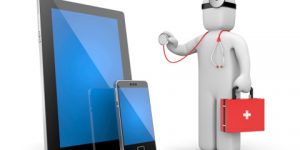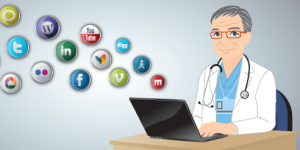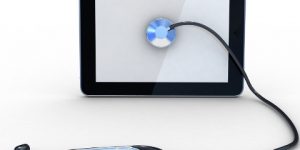New Delhi: Feb 10, 2021
It is no secret that there is a swarm of health IT in the marketplace, all vying for a larger user base. However, at what point does technology become more of a hindrance than a help Doctors and nurses who are burdened with clunky or inefficient systems run the risk of becoming less effective instead of more.
In order to get compliance of this technology you need to get those at the point of care, nurses, lab directors. They have to really love and embrace the systems and the devices and the workflow. In other words: Make the technology align to the practitioner workflow, not the other way around.
Make it smart. Doctors and nurses are busy people. Caring for many patients in a hospital or clinic teeming with people, there is little impetus or desire to learn a new complicated system, or to implement one that doesn’t anticipate the needs and actions of those it seeks to benefit. Taking the policies and workflows in place and building a platform that embraces them can help ensure a rapid and effective adoption.
Make it available. Taking a page from the aforementioned binder analogy, if a technology is hard to access or it gets in the way, the chances of its being brought in to the fold are low. When technology meant to help serves as a barrier, nobody benefits. The more a system can to some extent be invisible to the interaction, the better it will integrate in to the workplace. When the technology slips in to the processes already in place it can generate documentation of what is being done so that the clinician doesn’t have to. Clinicians want to avoid doing any more documentation than they have to, so when technology both goes with the workflow instead of against it and works to record a narrative, it greatly benefits those in the workplace. This increases productivity and can be used for the medical legal record, but also for analytics to help learn how to improve.
Make it mobile. In the hustle and bustle of a clinical environment, physicians have no time or interest in being tied to a system in one place. As their workflow is a mobile one, so too must the technology be. Technology that is highly mobile and has strong tracking and communication features fits the bill for clinician’s needs. In the hectic atmosphere of the hospital, clinicians get pulled to many ends, who lists intercoms, phones, and other mobile devices as some of the many distractions that a physician must contend with. While problems such as alert fatigue and having too many independent devices are concerns in the modern healthcare environment, technology needs to be as mobile as the physicians it’s being designed for.
Make it clinician-friendly. Clinicians will control technology, not the other way around. No matter what a piece of technology is purported to do, if it is difficult to use or it doesn’t integrate in to the clinician workflow, it faces very little chance of being adopted. Recognizing the demands of the audience in healthcare is a critical element in developing technology platforms for them: in a clinical setting if new technology doesn’t solve problems, it is often just getting in the way. One example of this in how smartphone apps have evolved from desktop applications to display the most relevant information on a vastly smaller screen. In an industry as intense and fast-paced as healthcare, problems need to be clearly identified and solutions need to be simple and accommodating of the way clinicians already practice. (With inputs from Benjamin Harris)







